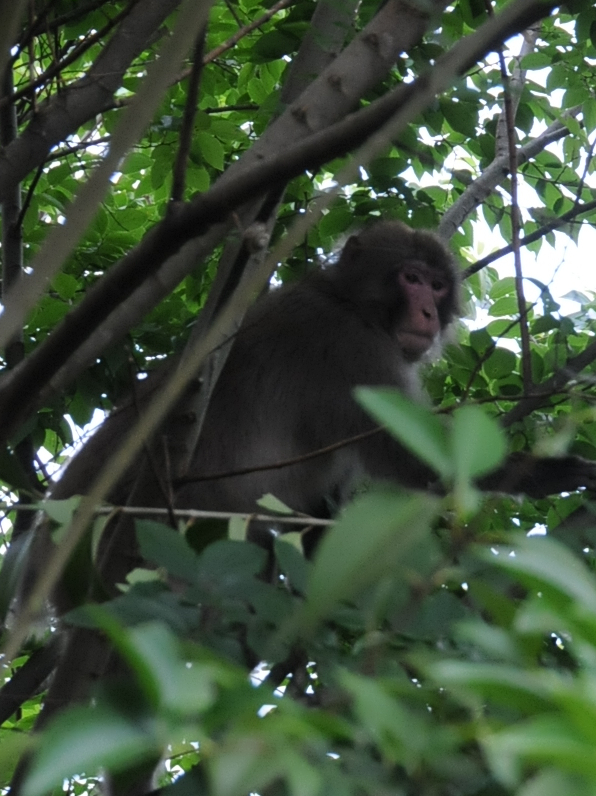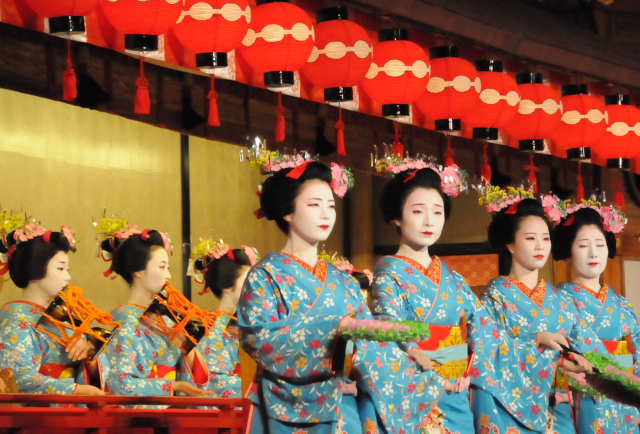As I mentioned, I sat down with BATI-HOLIC bandleader Nakajima-san for an interview the other week. Although we talked mostly about the band, I also took the opportunity to ask a few personal questions. About his cats. About his favourite bands. And about that one thing that keeps bothering me about their concerts:
People don’t sing.

You see, I love singing along with my favourite songs, even though I know I can’t sing (recording myself one rainy afternoon in my high school days drove that one home quite forcefully.) Still, I sing loudly and proudly and with lots of enthusiasm.
But at the concerts I go to, the audience stays mostly quiet. Yes, there is the dancing and the waving of tenugui, and they may join in with the refrain or shouts at certain songs. But otherwise: silence.
Nakajima thinks that many Japanese people believe that they can’t sing (how come karaoke is that popular then?) and they don’t want to bother the others around them. Also, most people just want to simply enjoy their favourite band performing live. However, he does admit that this is less of an issue in the small venues that BATI-HOLIC play in, since the music is so loud that it safely drowns out every other sound.
I can see his point, but still, singing along with the music at a concert is one of the main reasons I go there in the first place. It’s great to dive in deeply and I also feel that it creates a special bond and community with the other people there. Not to mention fantastic live versions of songs. It’s something I wouldn’t want to miss.
As a side note, Nakajima also mentioned clapping along with the beat – and how it really annoys him when people get it wrong. Interestingly, it doesn’t bother him when he’s on stage himself – I guess he’s too immersed in creating his music at the time.
But when he’s in the audience himself, he says he finds it disturbing when “someone is obviously grooving in a different way from the beat that the song has! Honestly, I sometimes wish they wouldn’t clap at all.” I understand what he means. And now, of course, I’m super conscious of my own clapping… Thanks, Nakajima!














